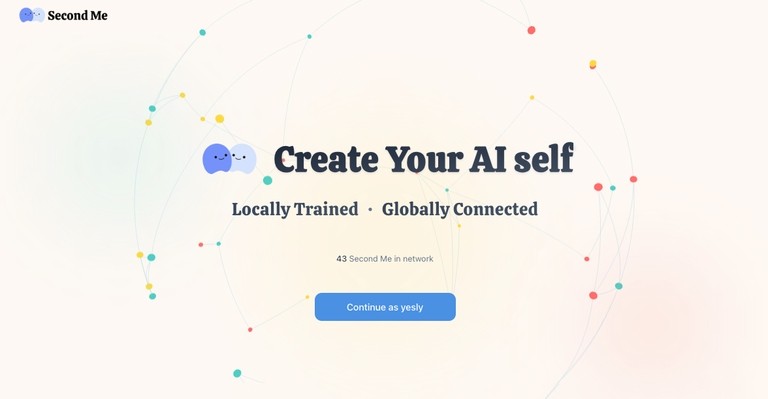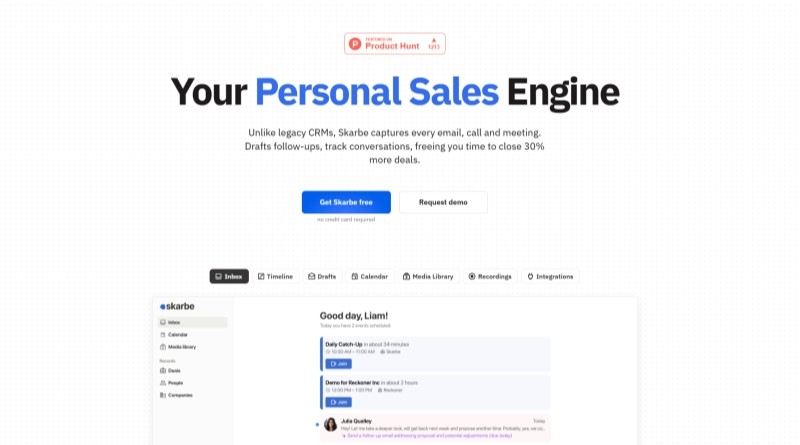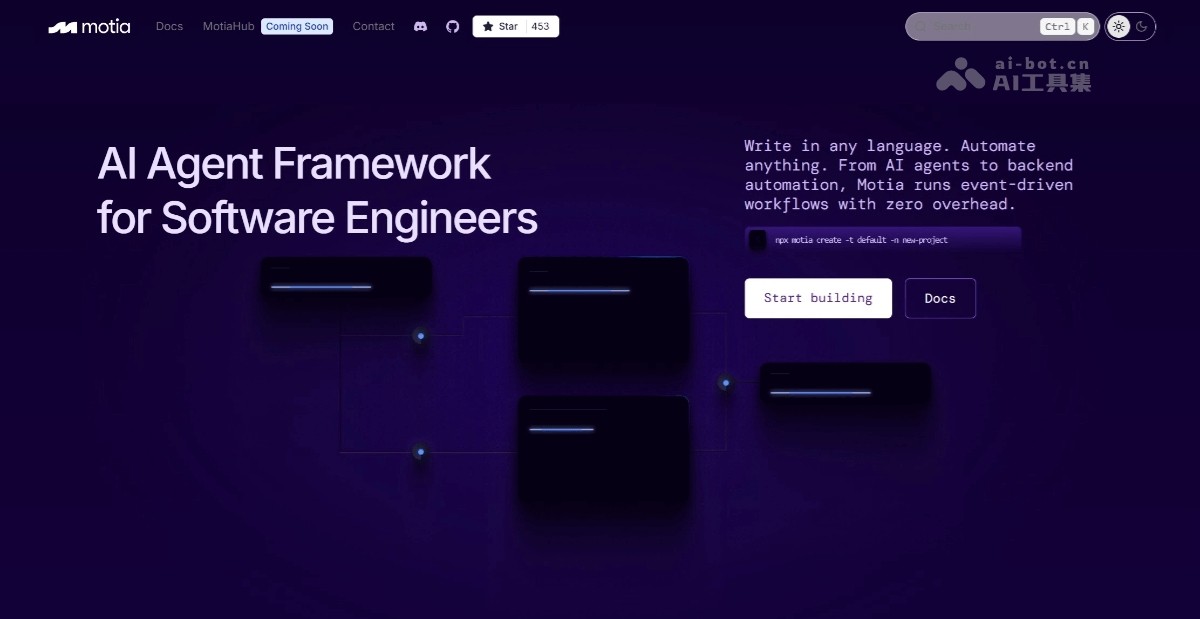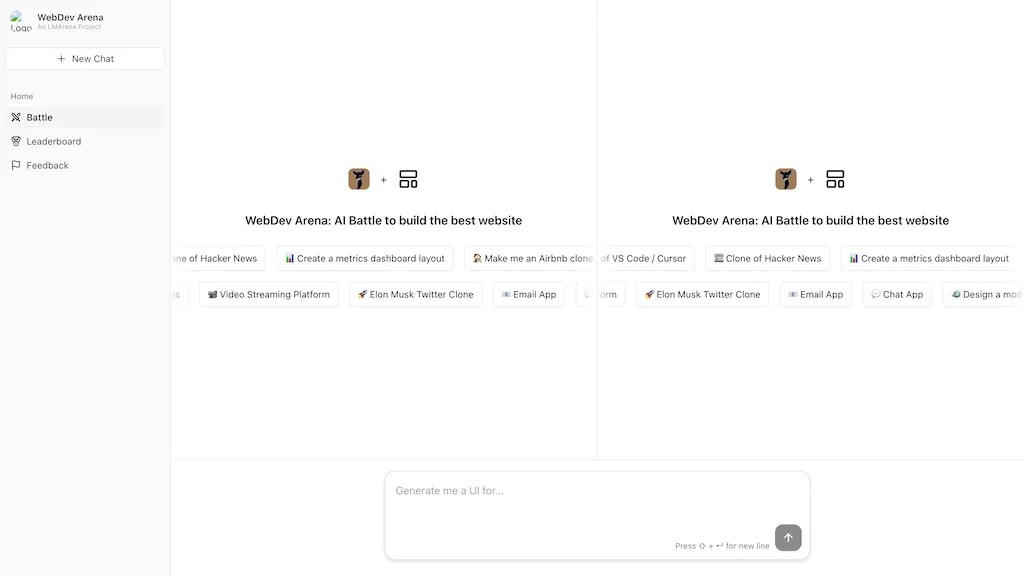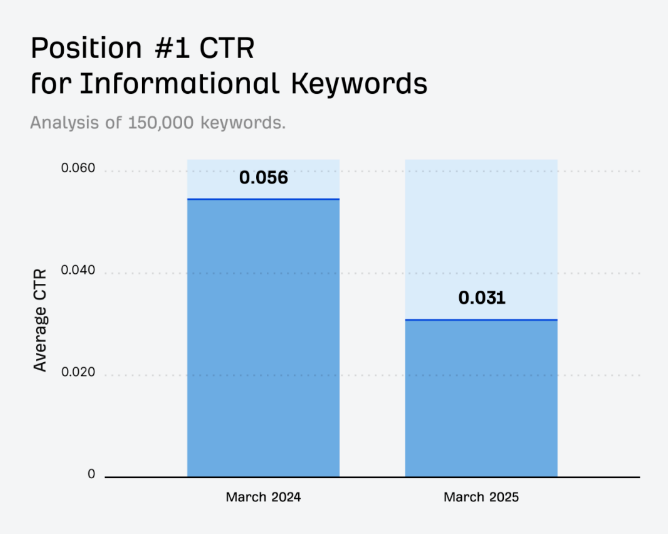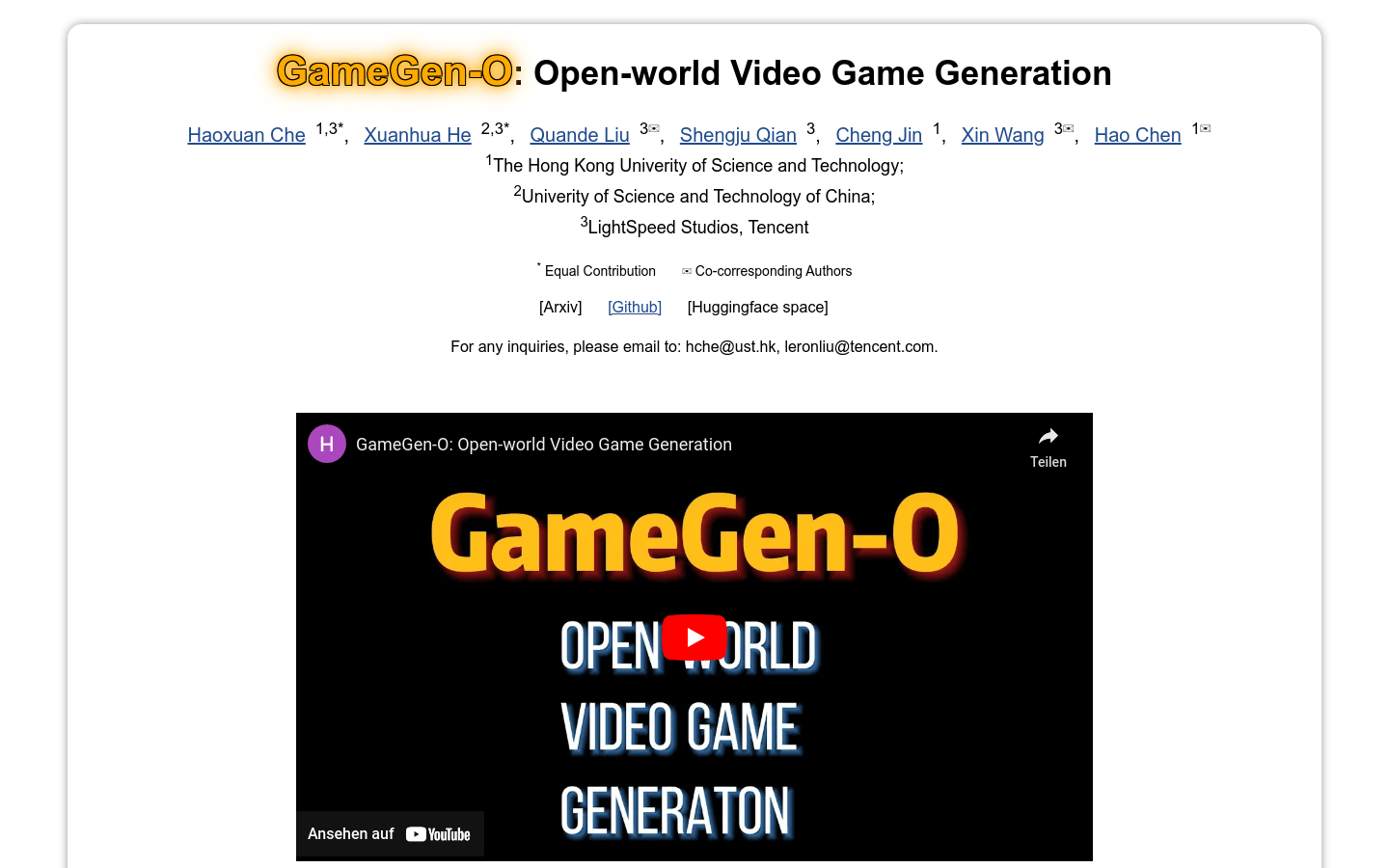
GameGen-O is the first diffusion transformation model customized for generating open-world video games. The model achieves high-quality, open-domain generation by simulating various features of game engines, such as innovative characters, dynamic environments, complex actions, and diverse events. Additionally, it provides interactive controllability, allowing for gameplay simulation. The development of GameGen-O involved a comprehensive data collection and processing effort from scratch, including building the first open world video game dataset (OGameData), efficiently sorting, scoring, filtering and decoupling titles through a proprietary data pipeline. This powerful and extensive OGameData forms the basis of the model training process.
Demand group:
" GameGen-O is suitable for game developers, AI researchers and professionals interested in generative models. It can help developers quickly generate game content, provide AI researchers with new research tools, and provide interactive games for professionals. A new way to generate content."
Example of usage scenario:
Developers use GameGen-O to generate open-world game scenes with dynamic environments and complex actions.
AI researchers use the OGameData data set to conduct research on video game content generation and interactive control.
Game designers use GameGen-O rapid prototyping to test new game concepts and gameplay.
Product features:
High-quality open-domain video game generation: simulate game engine characteristics, generate innovative characters, dynamic environments, etc.
Interactive controllability: allows users to generate and control game content based on multimodal structural instructions.
Two-stage training process: basic model pre-training and instruction tuning to improve model generation and interaction capabilities.
OGameData dataset: Collect and build the first open-world video game dataset to provide a foundation for model training.
Text-to-video generation and video continuation: Using the mask attention mechanism, text-to-video generation and video continuation are achieved.
Multimodal input control: InstructNet accepts multiple inputs such as structured text, operating signals, and video prompts to control content generation.
Usage tutorial:
Visit GameGen-O 's GitHub page to obtain the model and dataset.
Read the documentation to learn how the model works and how to train and tune it.
Download and install the necessary software and libraries to run GameGen-O models.
Use the OGameData data set to train the model, or directly use the pre-trained model for game content generation.
Control generated content by providing structured text, operating signals, or video prompts.
Adjust model parameters as needed to optimize the generated game content.
Integrate the generated content into the game development process or use it for research and prototyping.
